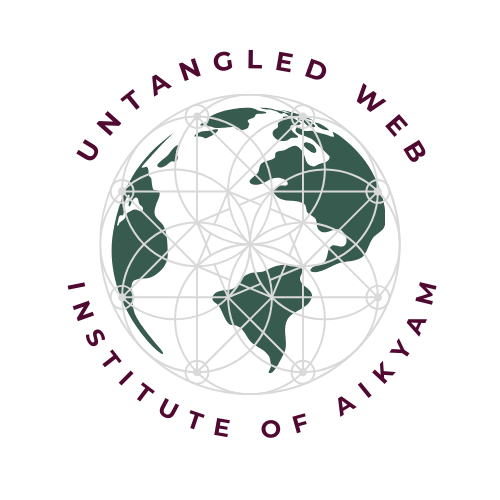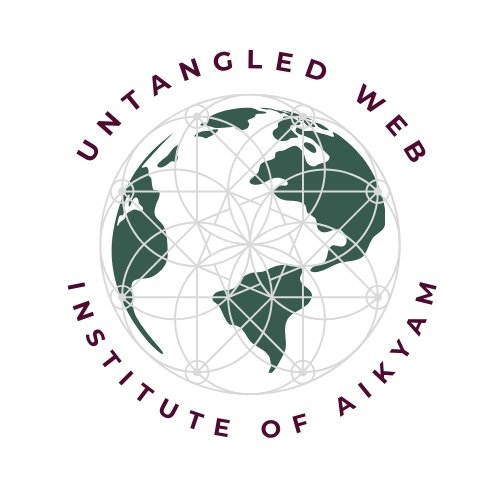It’s your time, TAKE IT.
Get Untangled
By Dominique
Dominique's provides a variety of healing modalities, including Thai massage, Chi Nei Tsang, Meridian Work, Lymphatic Drainage, Myo-fascial therapy, Orthopedic massage, Cranial Sacral therapy, Ortho-bionomy, Reflexology, Myofascial cupping, Trigger point therapy, pranayama, and shamanic breathing techniques. Each client has specific needs. All clients leave with a potential treatment plan that, with their full participation, can reverse the effects of most pain related problems.
She believes that no one can heal until they are ready.
Cranial Sacral Therapy
Included in every session, but can be a treatment independent of other modalities. Craniosacral therapy is a form of alternative therapy that involves gentle touch on the skull, spine, and pelvis to detect and correct imbalances in the craniosacral system—the membranes and fluid that surround the brain and spinal cord. Practitioners believe that restoring proper fluid movement can enhance the body's self-healing abilities, addressing issues like headaches, pain, and stress.
Myo-Fascial Release
Myofascial release is a manual therapy technique that involves applying sustained pressure to the myofascial connective tissue to alleviate pain and improve range of motion. It targets the fascia, a thin tissue covering muscles and other structures, aiming to release tension and promote flexibility. Slow and deep or surface level.
Orthopedic Massage
Orthopedic massage is a specialized form of massage therapy that focuses on treating musculoskeletal issues, particularly those related to the joints, muscles, and connective tissues. This approach involves a thorough assessment of the client's condition, followed by targeted techniques to address specific orthopedic problems such as injuries, chronic pain, or restricted mobility. The goal is to alleviate pain, improve function, and support the overall health of the musculoskeletal system. Orthopedic massage therapists often work in conjunction with other healthcare professionals to provide comprehensive care.
Cupping
Myofascial cupping is a technique that involves the use of suction cups to create negative pressure on the skin, aiming to lift and separate underlying fascial tissues. The intent is to release tension, increase blood flow, and promote healing in the targeted area. This form of cupping therapy is specific to the fascial system, the connective tissue that surrounds muscles and organs. The cups are applied to the skin, and the suction creates a gentle pulling sensation, potentially helping to improve flexibility, reduce muscle tightness, and alleviate pain.
Chi Nei Tsang
Chi Nei Tsang is a form of abdominal massage that originated from Chinese Taoist practices. The name translates to "internal organs chi transformation." This therapeutic massage focuses on the abdominal area, working to release tension, promote energy flow, and balance the internal organs. Chi Nei Tsang practitioners use various techniques, including deep, gentle manipulation and breath work, to address blockages or imbalances in the abdominal organs and associated energy pathways. The goal is to enhance the body's natural healing abilities, improve organ function, and promote overall well-being.
Trigger Point Therapy
Trigger point therapy is a massage technique that targets specific points of muscle tension, known as trigger points, which are thought to be sources of pain and discomfort. Therapists apply pressure to these points, often using fingers, thumbs, or specialized tools, to release tension and alleviate pain. The technique aims to deactivate or "release" trigger points, restoring normal muscle function and improving range of motion. Trigger point therapy is commonly used to address conditions such as muscle knots, chronic pain, and tension headaches.
Reflexology
Reflexology is a complementary therapy that involves applying pressure to specific points on the feet, hands, or ears. These points, called reflex areas, are believed to correspond to different organs and systems in the body. By manipulating these reflex points, reflexologists aim to stimulate energy flow and promote balance within the corresponding organs or systems. Reflexology is often used for relaxation, stress reduction, and to support overall well-being. While it is commonly practiced and well-received, scientific evidence supporting specific health benefits is limited, and reflexology should be approached as a complementary approach rather than a substitute for conventional medical care.
Shamanic Breathing
Shamanic breathing, also known as rhythmic or transformative breathing, is a practice that involves controlled and intentional manipulation of the breath to induce altered states of consciousness. This technique is inspired by traditional shamanic practices, where breathwork is used as a tool for spiritual exploration and healing.
In shamanic breathing, individuals typically engage in deep, rapid, and rhythmic breathing patterns for an extended period. This altered breathing is believed to activate the body's natural healing mechanisms and facilitate a shift in consciousness. Practitioners may experience intense sensations, emotional releases, and a sense of connection to the spiritual or energetic realms.
Thai Massage
The massage recipient is guided through a series of passive yoga-like stretches and movements, promoting flexibility, joint mobilization, and improved energy flow. Thai massage aims to balance the body's energy, release tension, and promote relaxation. It is often described as a holistic experience that addresses both the physical and energetic aspects of well-being. Thai massage is commonly practiced as both a therapeutic and rejuvenating treatment.
Pranayama Breathing
Pranayama is a yogic practice that involves the conscious control and regulation of breath. In Sanskrit, "prana" means life force or vital energy, and "ayama" means control or expansion. Pranayama techniques focus on manipulating the breath to enhance the flow of prana throughout the body, promoting physical, mental, and spiritual well-being.
Various pranayama techniques exist, including deep breathing, alternate nostril breathing, and rhythmic breath control. Practitioners often incorporate pranayama into their yoga routines or engage in specific breathing exercises as a standalone practice. Benefits of pranayama may include increased relaxation, improved concentration, and a sense of heightened vitality. The practice is an integral part of traditional yoga, contributing to the overall goal of achieving balance and harmony in mind and body.
Meridian Massage
Meridian massage is a therapeutic approach rooted in traditional Chinese medicine (TCM) that focuses on the body's energy pathways, known as meridians. According to TCM principles, energy, or "qi," flows through these meridians, and any imbalance or blockage can lead to physical or emotional discomfort. In meridian massage, practitioners use various massage techniques to stimulate and balance the flow of qi along these pathways.
The massage typically involves pressure, kneading, and stretching along the meridians and acupoints, which are specific points along the meridians believed to influence the body's energy. Meridian massage is often used to promote relaxation, improve energy flow, and address specific health concerns associated with imbalances in the meridian system. It's considered a holistic approach that aims to support overall well-being by harmonizing the body's vital energy.






